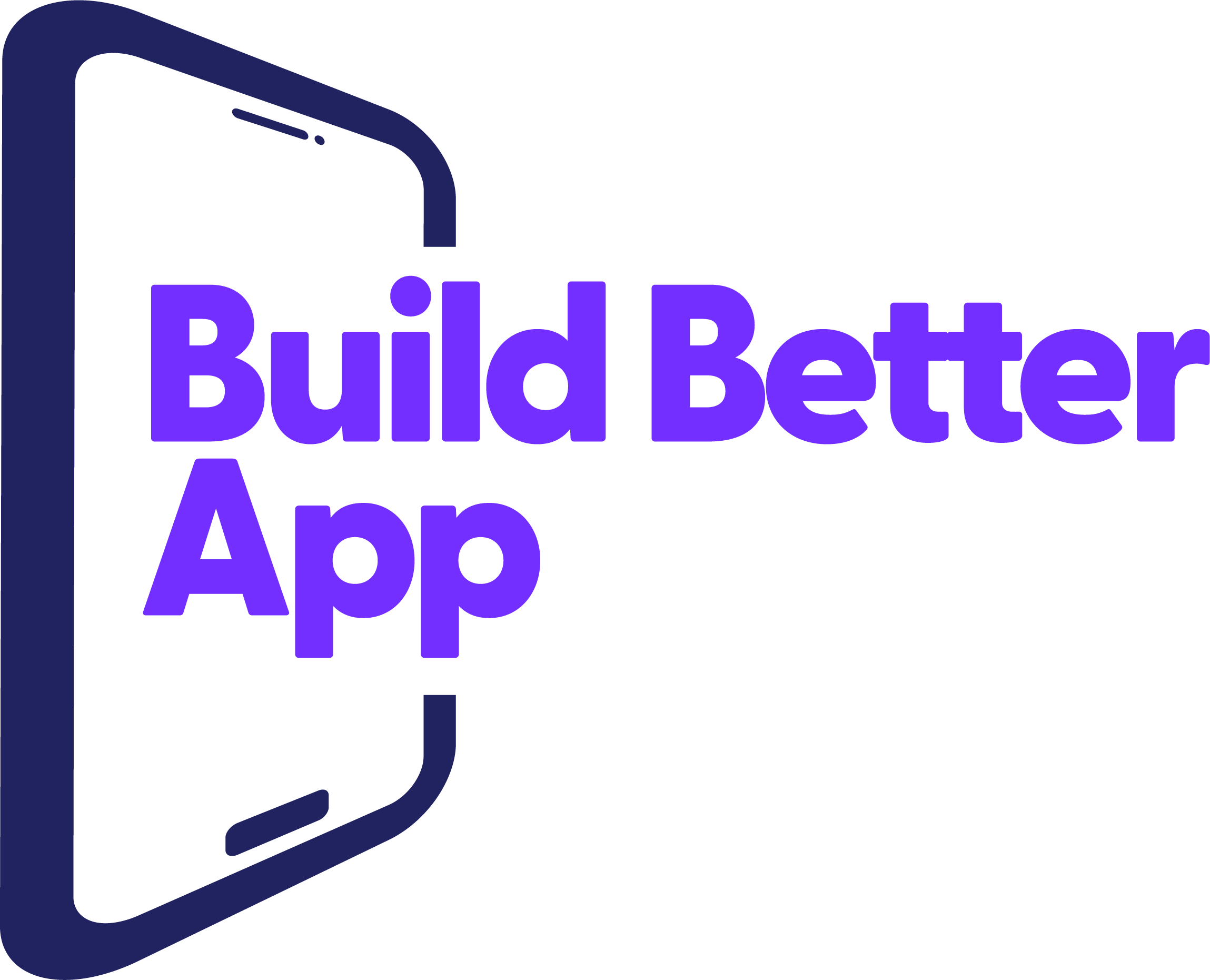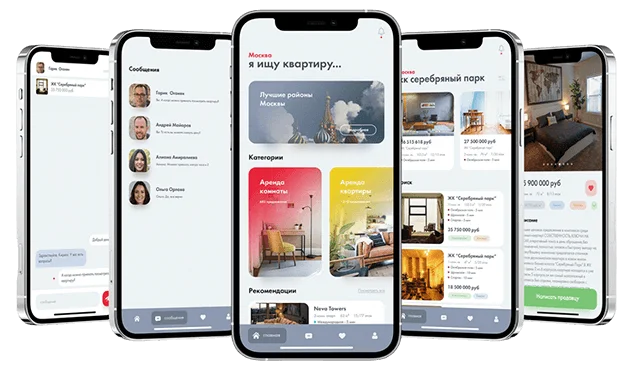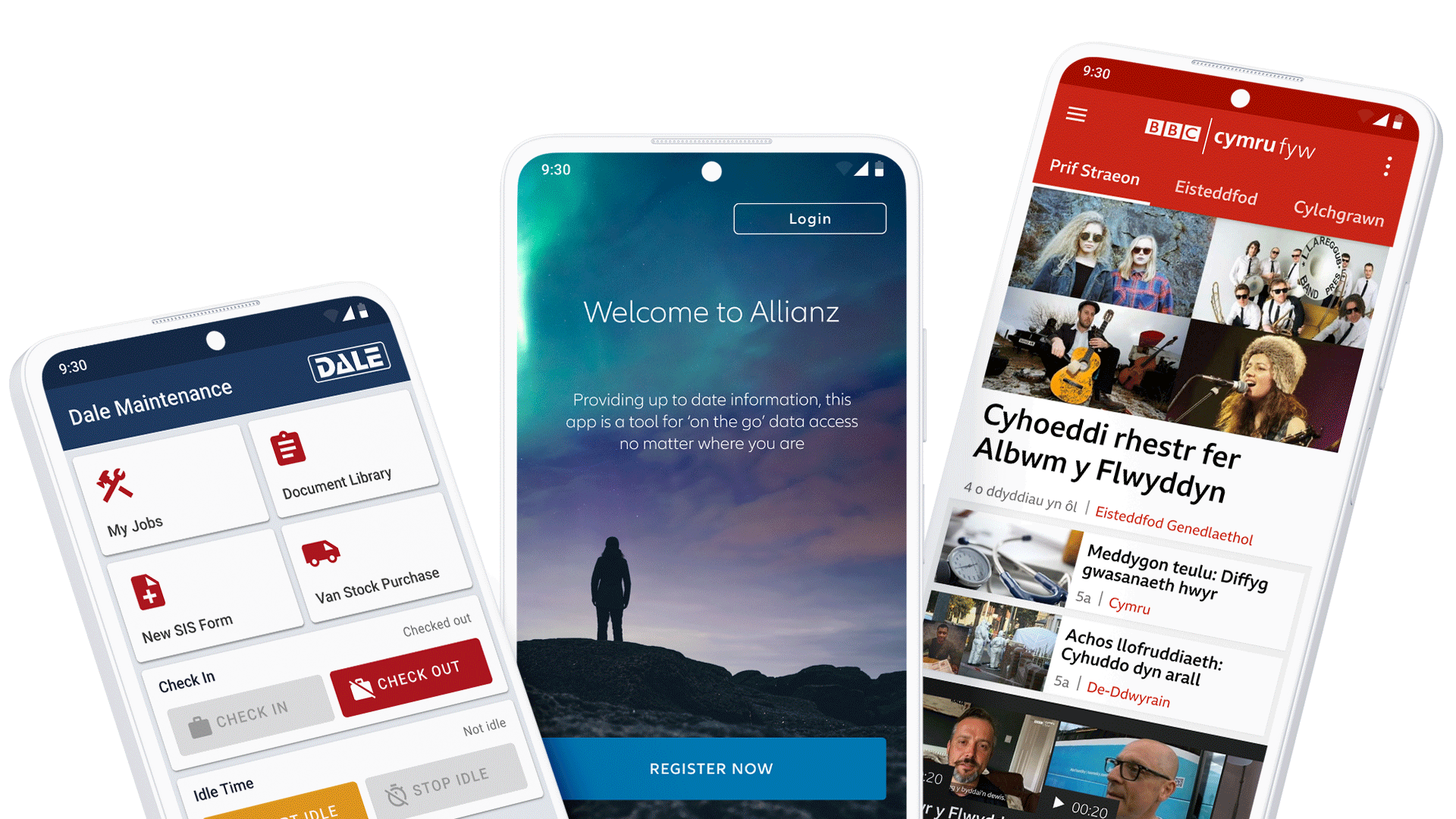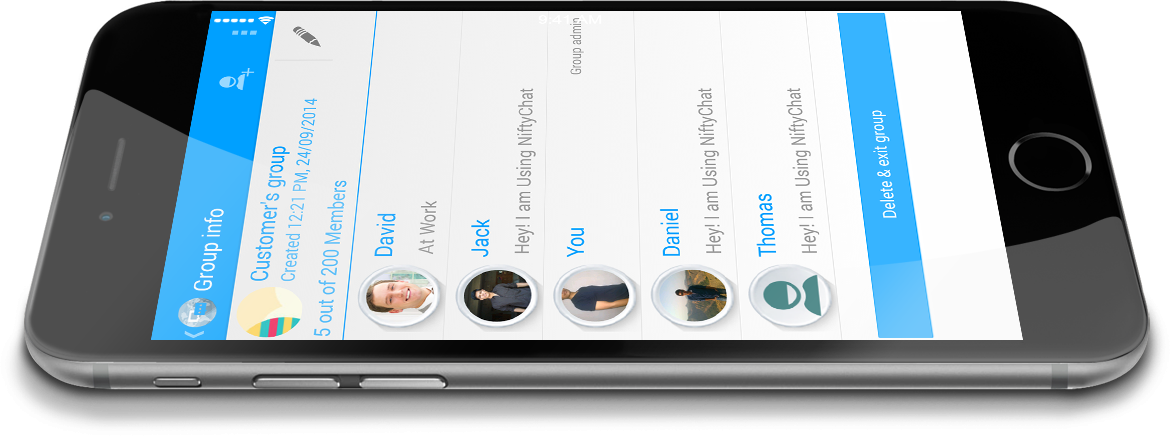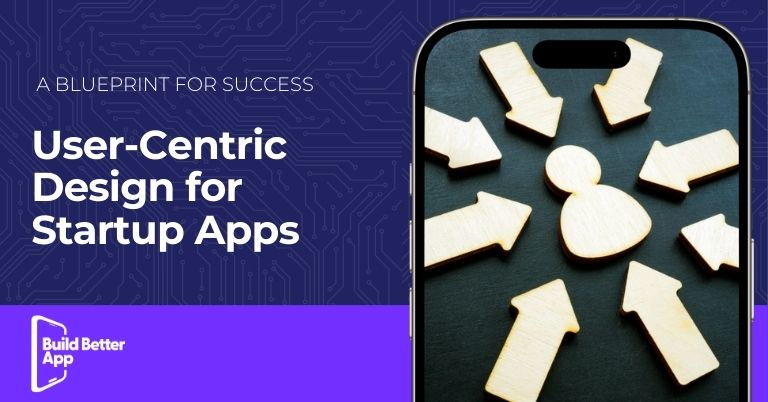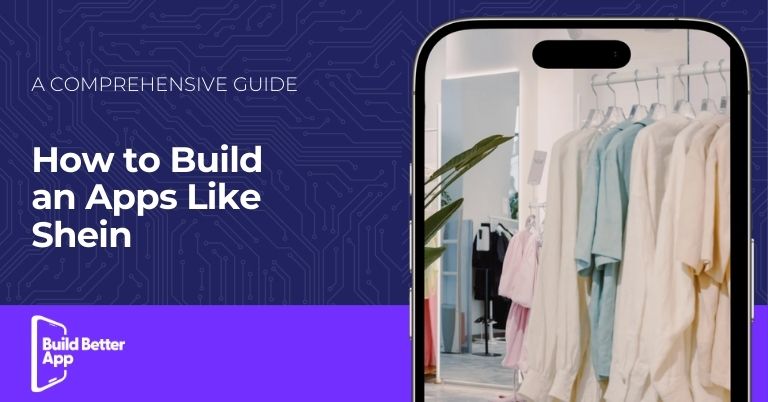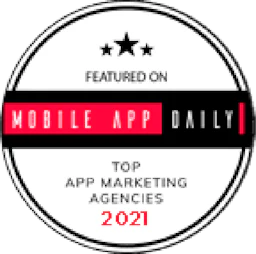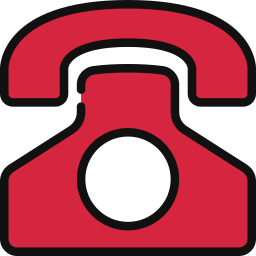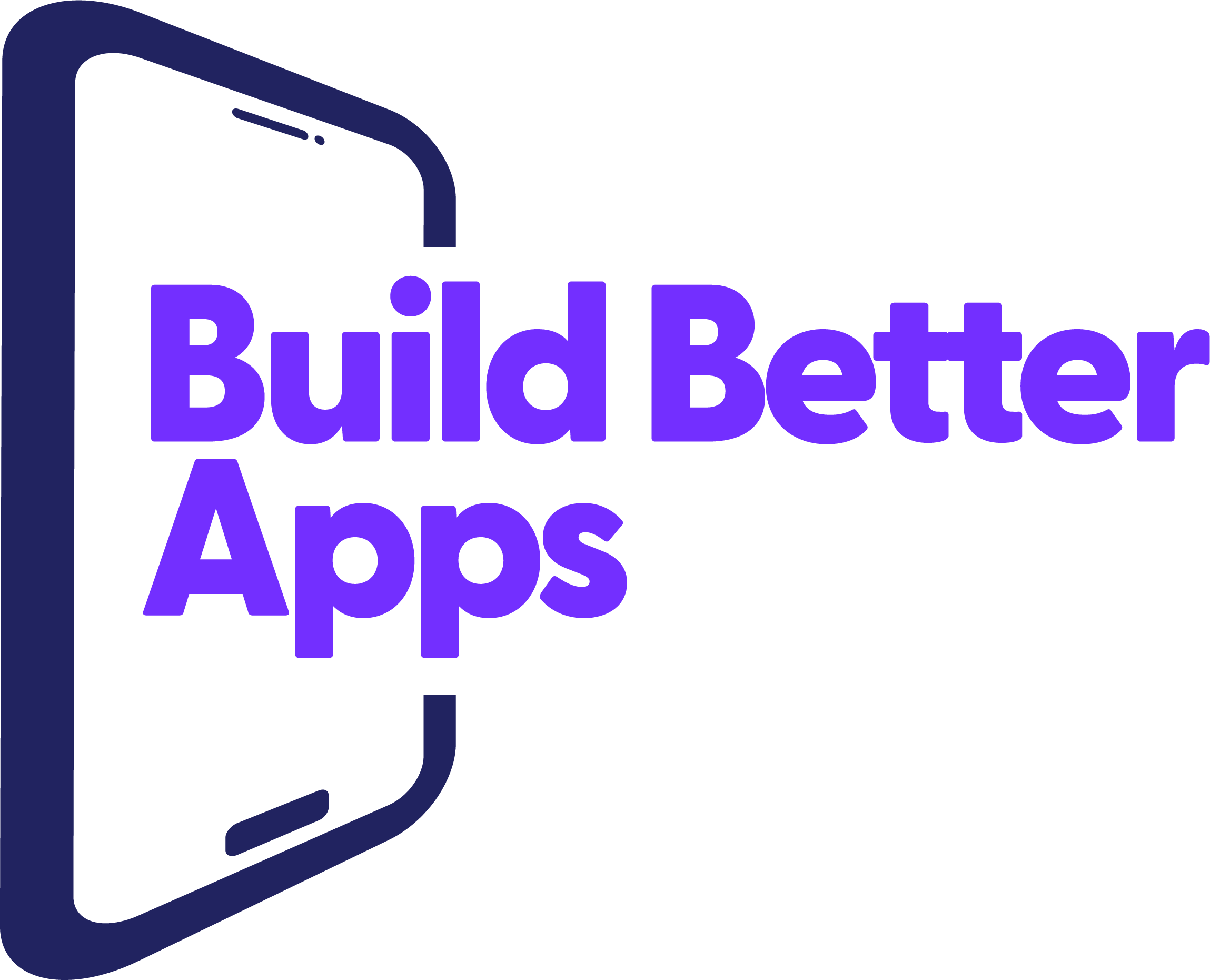User-Centric Design for Startup Apps
In the competitive world of startups, creating a mobile app that resonates with users is paramount. This is where user-centric design for startup apps comes into play. By prioritizing the needs, preferences, and behaviors of users, startups can create apps that not only stand out but also foster loyalty and engagement.
In this blog, we’ll explore the essence of user-centric design, its key principles, and how startups can leverage it for success.
Why User-Centric Design Matters for Startups
User-centric design is a design philosophy that places the user at the core of every decision. For startups, this approach is critical as it ensures the app solves real problems while delivering an intuitive experience. Unlike established businesses, startups often operate with limited resources and cannot afford to alienate users with poorly designed apps.
A user-friendly design enhances the user experience (UX) and builds trust, which is vital for acquiring and retaining users in the early stages. Additionally, with the rise of mobile-first experiences, startups must emphasize mobile app usability to stay competitive.
Principles of User-Centric Design for Startup Apps
Understand Your Users Through Research
Effective user-centric design starts with understanding your audience. Conduct surveys, interviews, and usability testing to gather insights about user preferences and pain points. Tools like user journey mapping help visualize the interactions users have with your app, identifying areas for improvement.
Example: A fitness app startup might discover through research that users struggle with goal-setting features, prompting a redesign to simplify this process.
Emphasize Simplicity with Minimalist App Design
Startups should avoid overwhelming users with complex features or cluttered interfaces. Minimalist app design focuses on delivering essential functionalities with clean, intuitive layouts. This not only improves usability but also reduces development costs—a key factor when considering the cost of mobile app development for startups.
Steps to Implement User-Centric Design
1. Start with Wireframes and Prototypes
Before diving into development, create wireframes and prototypes to visualize the app’s structure and flow. This step ensures the design aligns with user needs and allows for early feedback.
2. Incorporate Accessibility in App Design
Making your app accessible ensures inclusivity and expands your potential audience. Consider features like voice navigation, high-contrast text, and scalable font sizes to accommodate diverse users.
3. Follow UX Best Practices
Adhering to established UX best practices can significantly improve user satisfaction. This includes intuitive navigation, consistent branding, and optimized loading speeds. Such attention to detail reflects positively during usability testing.
Key Strategies for Engaging Users
1. Design for Human-Centered Interactions
Human-centered design focuses on creating empathetic experiences. For instance, a meditation app could include personalized reminders to encourage regular practice, demonstrating care for the user’s well-being.
2. Prioritize Mobile App Usability
Given that most users access apps on their smartphones, ensuring seamless performance on mobile devices is crucial. Startups should invest in a mobile app strategy for startups to optimize for different devices and operating systems.
3. Leverage User Engagement Strategies
Features like push notifications, gamification, and reward systems can enhance user engagement. However, balance is key—overloading users with notifications can lead to uninstalls.
Overcoming Challenges in User-Centric Design
1. Budget Constraints
Startups often operate on tight budgets. By focusing on an MVP app development for startups, you can prioritize core functionalities and gather feedback before scaling.
2. Finding the Right Tech Stack
Choosing the right tools for app development is critical. The tech stack should align with the app’s design requirements, scalability, and performance goals.
3. Pitching Your Mobile App to Investors
A user-centric design can be a powerful selling point when securing funding. Highlight how your app addresses user pain points and differentiates itself from competitors.
Success Stories of User-Centric Design
Startups like Airbnb and Spotify owe much of their success to user behavior research and interaction design. By prioritizing simplicity and user needs, they created intuitive platforms that became global phenomena.
Conclusion
In the ever-evolving landscape of startups, adopting a user-centric design for startup apps is not just a luxury but a necessity. By understanding user needs, following design principles for startups, and focusing on usability, startups can create apps that stand out in a crowded market.
Whether you’re refining an existing app or building one from scratch, remember that user satisfaction is the ultimate measure of success. Invest in usability testing, engage with your audience, and embrace the iterative process of design thinking to ensure your app thrives.
FAQs on User-Centric Design for Startup Apps
1. What is user-centric design?
User-centric design is a design approach that prioritizes the needs, preferences, and behaviors of users at every stage of the development process.
2. Why is user-centric design important for startup apps?
It ensures the app solves real user problems, enhances satisfaction, and builds trust—essential for acquiring and retaining users.
3. How can startups balance user needs with budget constraints?
Startups can focus on MVP app development for startups, prioritizing core features and gathering feedback before scaling.
4. What role does usability testing play in user-centric design?
Usability testing identifies pain points and ensures the app meets user expectations, reducing the risk of costly redesigns.
5. How can startups improve app accessibility?
Incorporate features like scalable fonts, voice navigation, and high-contrast visuals to make the app inclusive for all users. By embracing user-centric design, startups can create mobile apps that not only meet but exceed user expectations, paving the way for sustainable growth and success.
At buildbetterapp, we pride ourselves on being both a premier Mobile App Development Company in Westchester and a trusted Mobile App Development Company in South Barrington, offering end-to-end solutions tailored to help businesses thrive in the digital era. Our dedicated team of expert developers and designers strives to create scalable, user-friendly applications that capture your brand’s essence and exceed your expectations. By incorporating the latest technologies and industry best practices, buildbetterapp ensures each project is executed flawlessly—propelling your business forward and solidifying your presence in an increasingly competitive market.
